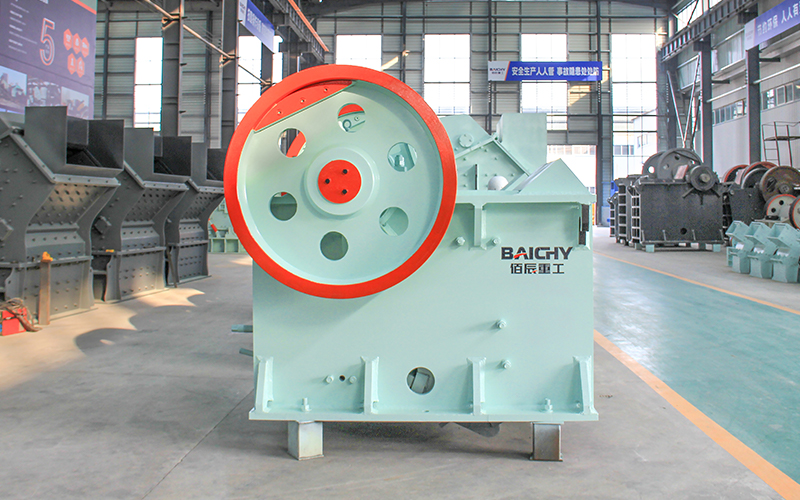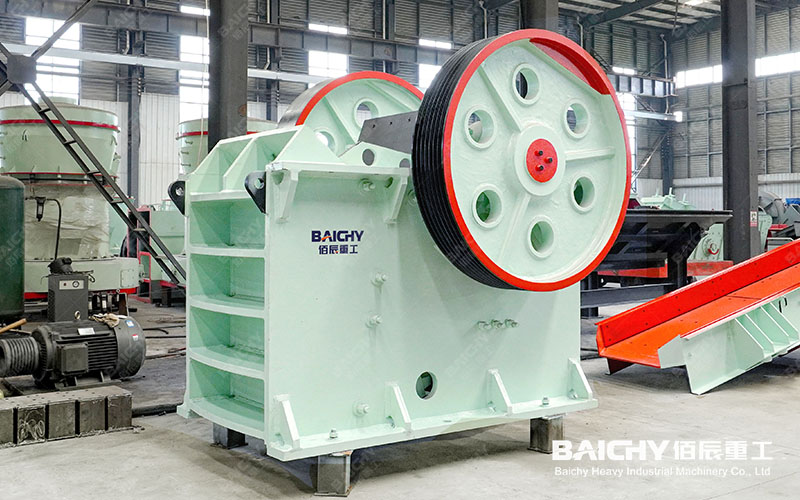
Basalt crushing is a complex process involving multiple steps and equipment. The main purpose is to process the original basalt material into stone or machine-made sand that meets specific needs. The following is a detailed introduction to the basalt crushing process:
1. Characteristics of basalt
Basalt is a high-hardness textured stone with high durability, high-temperature resistance, and strong compressive resistance. Its Mohs hardness reaches 5-7 and the SiO2 content is between 45% and 52%. These characteristics make basalt popular in many industrial fields, especially in road construction and building material manufacturing.
2. Crushing and processing equipment
The crushing of basalt mainly depends on a series of professional crushing equipment, which varies according to the crushing stage. Common basalt crushing equipment includes:
① Jaw crusher:
• Function: As a primary crushing equipment, it is used to crush large pieces of basalt into smaller particles.
• Advantages: simple structure, easy maintenance, large crushing ratio, and wide output value coverage.
② Cone crusher:
• Function: Used in the medium and fine crushing stage to further crush the material crushed by the jaw crusher to a smaller particle size.
• Advantages: large crushing ratio, high efficiency, low energy consumption, uniform product particle size, suitable for crushing materials with high hardness.
• Although it is not commonly used for crushing basalt in some cases (because of its high hardness), it may also be selected under certain specific conditions or when used in combination with other equipment.
• Advantages: large crushing ratio, good particle shape of crushed materials, and adjustable discharge particle size.
• Function: Used in the sand making stage to further crush and shape the crushed basalt to obtain machine-made sand that meets the requirements.
• Advantages: large crushing ratio, large processing capacity, high efficiency, and good particle shape of finished products.
⑤ Auxiliary equipment:
• Including vibrating feeder, vibrating screen, belt conveyor, etc., used for material transportation, screening, and storage.
3. Basalt crushing process
• Coarse crushing: Large pieces of basalt are fed evenly by a vibrating feeder through a silo and transported to a jaw crusher for coarse crushing. The coarsely crushed material is screened by a vibrating screen and transported to the next stage of crushing equipment by a belt conveyor.
• Medium and fine crushing: The coarsely crushed material enters a cone crusher or an impact crusher for medium and fine crushing. The crushed material is screened again by a vibrating screen, and the larger particles are returned to the crusher for further crushing.
• Sand making and shaping: The medium and fine crushed basalt is sent to a sand-making machine for further crushing and shaping. If clean basalt sand is required, it can be sent to a sand washing machine for cleaning.
• Finished product screening and storage: The basalt sand after sand making and shaping is screened by a vibrating screen to obtain finished sand that meets the requirements. The finished sand is transported to the finished product yard by a belt conveyor for storage.









